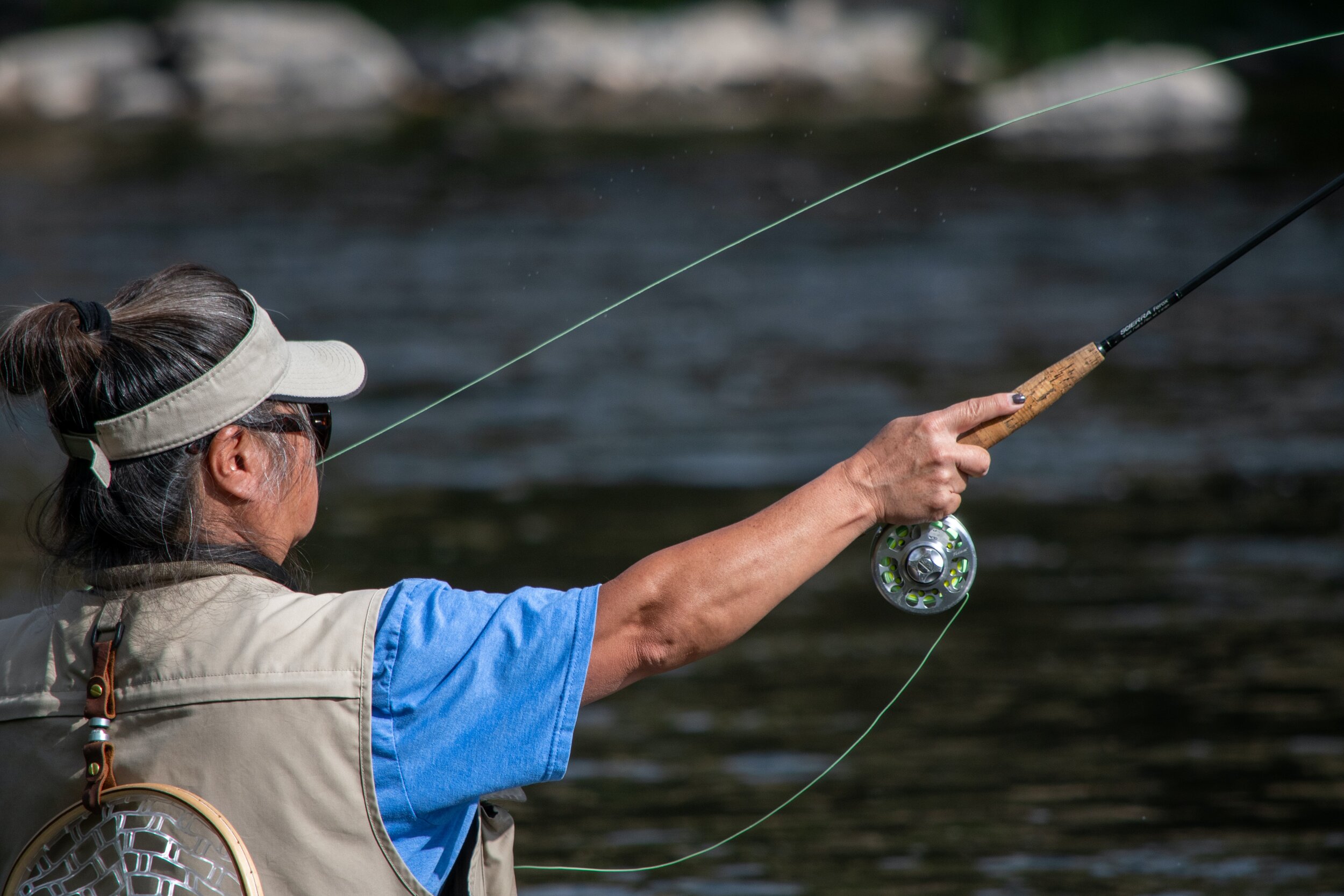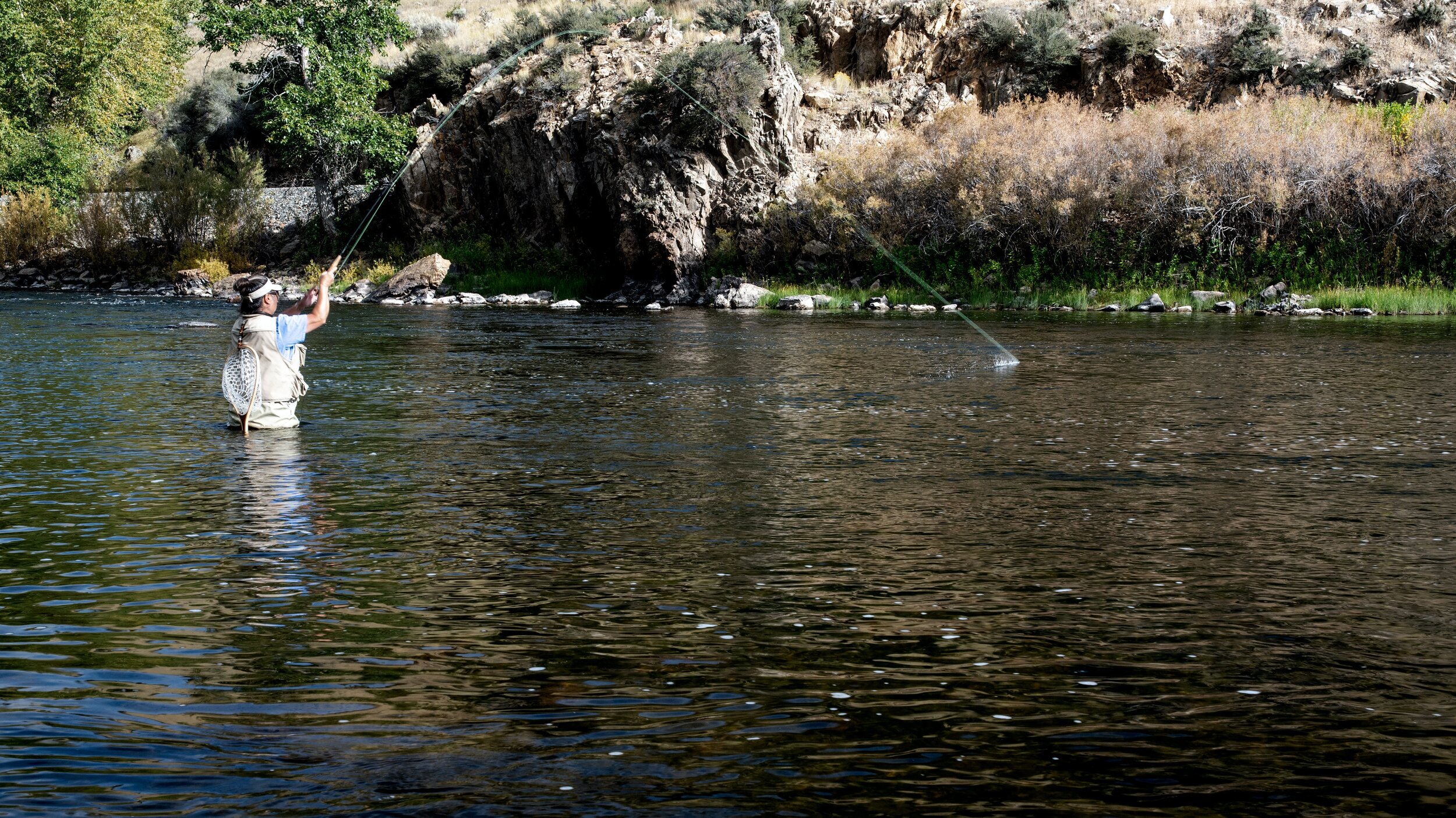The desert can be a great place to visit or even camp. However, desert camping is tricky, since you need to brace for the extreme weather conditions, in order to have the best time. Before heading out on this adventure, you should know how to pitch tents, build fires and a few of the camping basics. Here some of the things you need to know about desert camping.
1. Bring a lot of Water
Dehydration is by far the largest and most serious threat to desert camping trips. Thankfully, this is a problem that you can solve easily by carrying a lot of drinking water. The desert is a dry, hot place, and you must avoid running out of water by all means.
On average, you need to have one gallon of drinking water per person for each day. Also, you must have some more for hygiene and some other needs such as washing utensils and bathing, etc. If you feel that you have carried too much water, then you are on the right track. It is also a great idea to invest in a trusty water filter. Hydration packs are also a great way to bring water with you on adventures.
2. Source Firewood Locally
The days might be hot, but once the sun sets, the nights really cool down. For that reason its important to bring a source of heat. Although It can be almost impossible to find firewood on a land where nothing grows. Thankfully, out there, you can find some juniper trees and other types of vegetation that you can count on.
You are highly likely to find some firewood on dry riverbeds or in washes. Even if a tree looks dead, it is never a good idea to try to dig it up. Also, avoid cutting live trees, as this is bad for the environment, and they will not be easy to burn. It’s never a bad idea to come prepared with a few logs yourself. Research temperature lows for the night, and see if a fire is something you might want.
Before anything else, It’s important to pay attention to fire danger when you are camping. Fires are not always allowed all times of the year, and you must find out if you are able to have a fire before starting one. Fire safety is one of the most important skills to have before camping. It is irresponsible, and can cost you a fine, if you build a fire where they are restricted. Aside from a hefty fine, it is also a huge danger potentially causing a forest fire, and putting those around you in danger as well. The DNR restricts fires for the sake of the danger around you. When conditions are dry, fire danger is high!
3. Re-Think The Schedule to Avoid The Heat
If you are used to going on a mid-day hike, you want to switch and do it very early in the morning before the sun is up, or late in the afternoon to avoid mid day heat. Avoiding desert heat can help prevent dehydration, sunburn, and heat stroke. All of these can be very dangerous illnesses that can cause hospitalization, and in intense cases death.
Even if you consume enough drinking water each day, the sun is always hot and can cause nausea and headaches. You want to set your alarm to go hiking either early in the morning or late in the evening. Amid the peak heat, you should be somewhere cool, safe, and shaded.
4. Keep Windows Closed and Open at the Right Time
When doing desert camping, it might be hard to know when to close the windows and when to keep them open. Whenever it is cooler outside than inside your RV, that is the perfect time to keep your windows open, and vice versa.
Make sure that your windows are shut when the temperature outside becomes hotter compared to the inside of your RV. This will give you the perfect environment to relax and feel comfortable as you plan for activities such as rock climbing.
5. Choose The Best Spot for Your Tent
Heat and wind are the two primary challenges when choosing the right place to pitch up a tent. If you plan to leave the tent up amid the day, then you need to worry about the sun. Unless you do that, your tent is highly likely to become an oven when the sun is up.
If possible, find some shade and place your tent under it. This can be near an overhang, under a tree, or by a structure that provides some shade. These places are also known to get extremely windy, and if your tent is not well placed, it could be blown off. In such a case, consider facing the entrance of your tent toward a wall or any form of barrier.
When picking your campsite, keep in mind that whenever it rains, everything on the desert floor can change in a matter of seconds. Flash flooding is a huge hazard in the desert, and something to not take lightly. Camping in low ground, where water might run if it does rain is a bad idea. To avoid such incidents, you might consider having your tent pitched on the high campground. Avoid ravines, gullies, or areas that water will gather.
6. Try To Find Free Camping
One of the best things you can do is to find BLM camping in the location of your choice. It is a great camping hack for anyone looking to save money when camping. A lot of BLM sites are also the most beautiful places to land. The downside to BLM camping is that there are not fire pits or restrooms always available, but hey that’s part of camping!
7. Do Your Homework on Critters You Might Find
Deserts have a wide range of animals such as rattlesnakes, scorpions, fire ants, deer, big horn sheep, and many more. It is helpful to know the creatures you are likely to find so that you know how to handle them. Though some shops will give you field guides, you still need to do your research and get familiar with the area ahead of time. Don’t leave your tents open for animals to explore, don’t leave food or trash out to attract these animals, and always check your shoes before putting them on your feet!
8. Put On Light-Colored Clothes
When you are getting ready for desert camping, you should choose your clothes carefully. Note that, these places are very hot and you might suffer a lot if you do not carry the appropriate clothes. Black clothes are good absorbers of sunlight, while white-colored ones will always reflect sunlight. Do this even when visiting developed campgrounds. Also clothing that provides UPF is always a great idea. There are tons of companies that make sun shirts for the purpose of protecting you from the harsh sun during your adventures.
Closing Thoughts
Desert camping can be a lot of fun, especially when you know how to prepare for it. Whatever we are mentioned in this list is important, but this should not be treated as a comprehensive guide. There are many other things you need to do to ensure that you have the best time with your loved ones when camping.
Note that you are free to place your tent under a shade or on high ground. Either way, there are things you need to watch out for, especially in the camp. If you spot any strange animal, instead of guessing things around, ask someone for help. But this should not be a problem if you take the time to learn about the area and the types of animals to expect. We hope this guide helps you plan for the next desert camping.
Sources
https://www.nerdwallet.com/article/travel/tips-for-camping-in-the-american-southwest
https://www.elitetravelblog.com/top-8-desert-camping-tips-planning-desert-camping-trip/
https://www.foxintheforest.net/desert-camping-tips/





